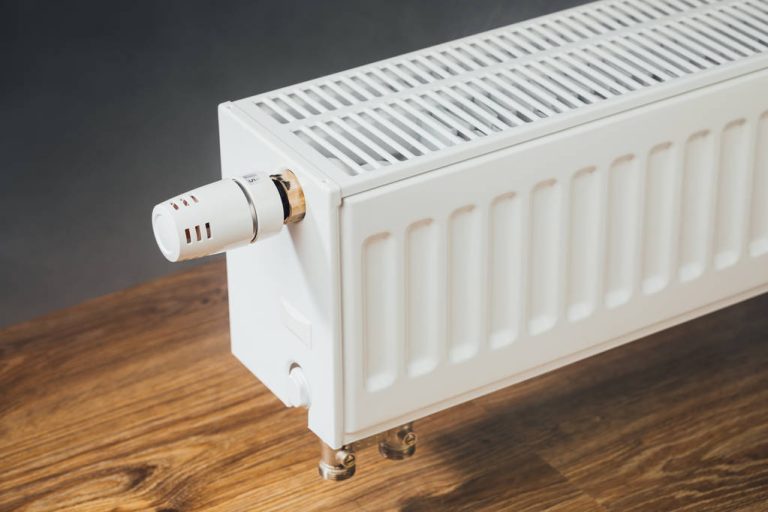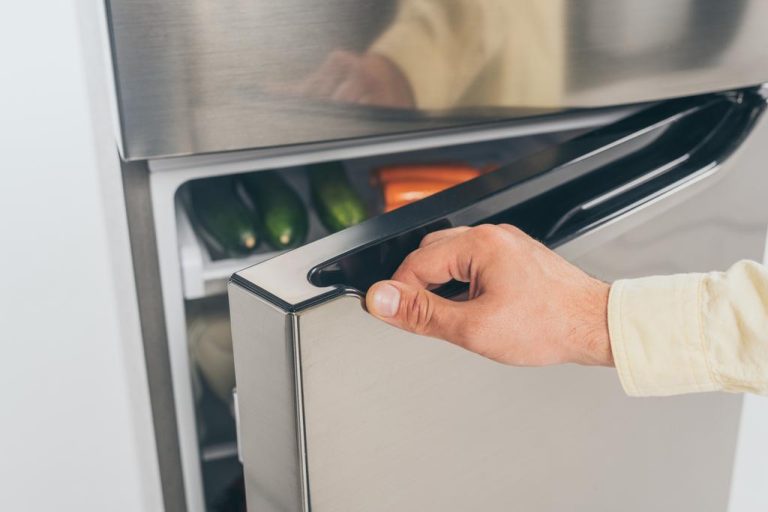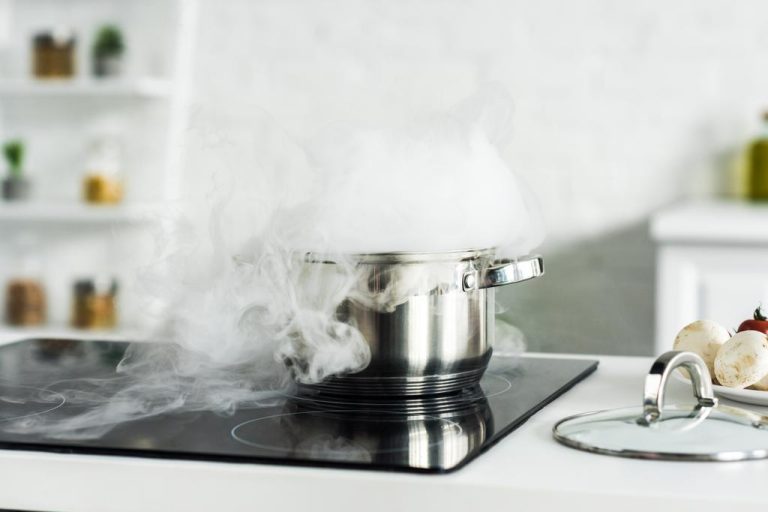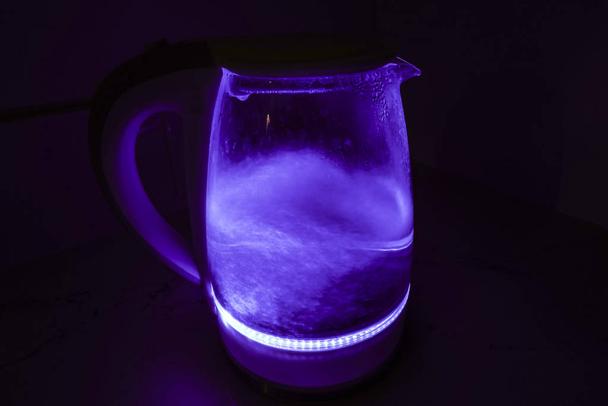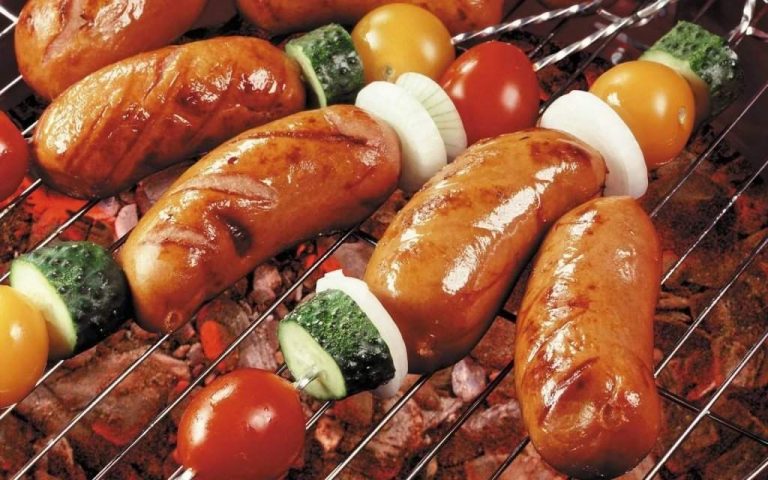Heating costs go up and up. A curious cooling trick can ensure that the heating does not have to be turned up high in the first place.

Become cold hardy with these tips
Anyone who thinks here is a tip on how to set the heating particularly efficiently or where to get cheap gas is wrong. In order to save on heating costs, we bridle the horse from behind. In the cold season, we like to dress warmly, make ourselves a grain pillow, curl up under the blanket with a cup of hot tea. It’s lousy outside, so we’d rather watch Netflix than take a walk in the park. All this leads to: We hardly move. And if you don’t move much, you freeze faster.
It sounds banal, but the best trick to save on heating costs is to “freeze less”. To do that, we need to expose our bodies to the cold more often. Sensitivity to cold can be trained. Anyone who hasn’t had hot shower water on a trip abroad knows that, after a while you get used to it. When you expose yourself to cold, your blood vessels constrict. If you warm up again, the blood vessels dilate. If this process is repeated regularly, it can permanently create more blood vessels.

There are a few methods to train cold tolerance. Let’s start with the beginner tricks first. When showering, dare to let the water get colder from time to time. This is not only good for strengthening you against the cold, but also stimulates circulation. Don’t be afraid to get some fresh air, even when the temperature is low. Walks, but also jogging and hiking can help. Another option is going to the sauna, during which you go outside again and again. All of these methods stimulate blood circulation and ensure that you no longer freeze so quickly. Anyone who has taken a walk along the lake or river during the cool seasons may have seen courageous people taking an ice bath. This method is becoming increasingly popular to boost the immune system. However, ice bathing also involves risks and is therefore recommended for advanced swimmers.

